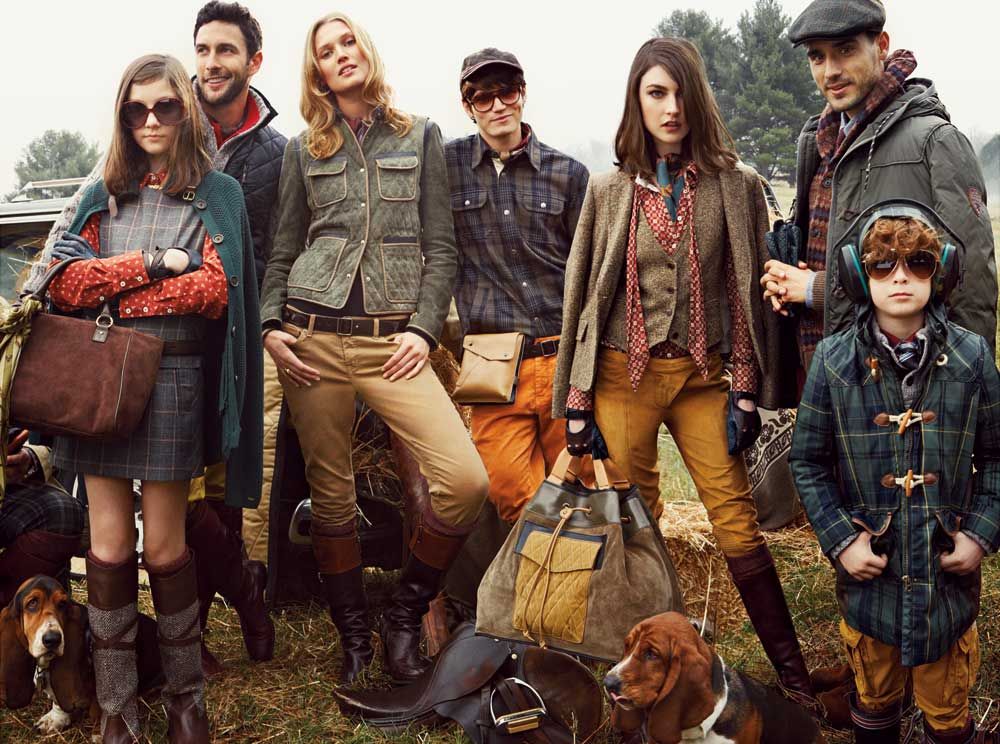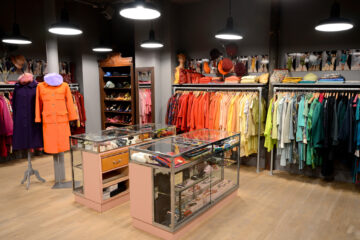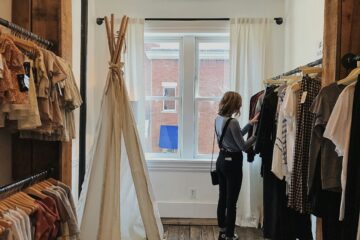Introduction
English clothing has a rich and storied history that dates back centuries. From the elegance of Victorian fashion to the modern-day trends that dominate the streets of London, English clothing has left a lasting mark on the global fashion scene. This article delves deep into the evolution of English clothing, its influence on global fashion, and how it continues to shape style today.
1. A Brief History of English Clothing
English fashion has always been a reflection of the cultural, economic, and political changes of the times. During the medieval period, clothing in England was influenced heavily by social status. The wealthy wore luxurious fabrics like silk and fur, while the lower classes donned simple wool garments.
As England moved through the Renaissance and into the Elizabethan era, clothing became a sign of nobility and wealth. The introduction of ruffles, corsets, and intricate embroidery marked this period. By the 19th century, Victorian fashion emerged, with women’s dresses becoming fuller and more elaborate, while men’s suits became a symbol of propriety.
2. The Victorian Era: A Turning Point in English Fashion
The Victorian era is perhaps one of the most iconic periods in English clothing history. This era saw the rise of the middle class, and with it, a newfound emphasis on appearance. Women’s dresses became increasingly voluminous, and the hourglass figure was achieved through the use of corsets and crinolines.
Men’s fashion during this time was characterized by the three-piece suit. The emphasis on tailored clothing and a well-groomed appearance became essential for men in the higher echelons of society. This era also saw the rise of famous British fashion houses that would go on to define English clothing.
3. The Influence of the British Royal Family
The British Royal Family has had a profound influence on English fashion. From Queen Victoria’s white wedding dress, which set the trend for bridal gowns around the world, to Princess Diana’s iconic style, the royals have always been trendsetters.
In recent years, Kate Middleton and Meghan Markle have continued to influence the fashion industry. Their styles often merge classic English elegance with modern trends, creating outfits that are both timeless and contemporary.
4. English Clothing in the 20th Century: A New Era of Fashion
The early 20th century brought significant changes to English clothing. The Roaring Twenties ushered in a more relaxed and liberating style, with shorter hemlines and looser garments. Post-World War II, fashion in England saw another transformation, with utility clothing becoming popular due to fabric rationing.
The 1960s saw the birth of British fashion icons like Twiggy and designers such as Mary Quant, who popularized the mini skirt. This period is often referred to as the Swinging Sixties, where fashion was bold, youthful, and fun.
5. English Fashion Designers: Shaping Global Trends
England is home to some of the most influential fashion designers in the world. Alexander McQueen, Vivienne Westwood, and Burberry have all made significant contributions to global fashion.
- Alexander McQueen: Known for his dramatic and avant-garde designs, McQueen redefined what English fashion could be. His use of bold cuts, luxurious fabrics, and innovative designs made him a global icon.
- Vivienne Westwood: Westwood is often credited with bringing punk fashion into the mainstream. Her rebellious designs and commitment to environmental causes have made her one of the most enduring figures in English fashion.
- Burberry: Founded in 1856, Burberry is one of the most iconic English clothing brands. Known for its trench coats and signature plaid, Burberry has managed to remain relevant for over a century.
6. The Impact of English Streetwear
While English clothing is often associated with formality and elegance, streetwear has become an integral part of the country’s fashion identity. London street style has become synonymous with creativity, diversity, and bold choices.
Brands like Supreme, Palace, and Nike have a significant presence in London, where young people combine high-end fashion with casual streetwear. The rise of athleisure has also blurred the lines between traditional English fashion and modern comfort.
7. The Role of Fashion Weeks in Promoting English Clothing
London Fashion Week is one of the most important events in the fashion calendar. Held twice a year, it showcases the latest collections from top English designers and emerging talents. The event not only highlights the best of English clothing but also attracts global attention.
London Fashion Week has helped solidify England’s reputation as a hub for fashion innovation. Designers use the event to push the boundaries of traditional clothing, blending heritage with modernity.
8. Sustainable Fashion in England
With the growing awareness of environmental issues, many English designers are focusing on sustainable fashion. Brands like Stella McCartney have made it their mission to use eco-friendly materials and ethical production practices.
Consumers in England are also becoming more conscious of their fashion choices, with many opting for second-hand clothing, vintage stores, and slow fashion. This shift is shaping the future of English clothing, with sustainability becoming a key factor in fashion design.
9. English Clothing and Its Global Influence
The influence of English fashion extends far beyond the UK. English designers, brands, and even street style have left an indelible mark on global fashion. From the iconic Burberry trench coat to the mod movement of the 1960s, English clothing has shaped how the world dresses.
English fashion has a unique ability to blend tradition with innovation. Whether it’s the timeless elegance of a tailored suit or the edgy vibe of streetwear, English clothing continues to influence global trends.
10. Shopping for English Clothing: Iconic Brands to Know
If you’re looking to invest in some classic English pieces, there are several brands you should know:
- Burberry: Famous for its trench coats and timeless design.
- Barbour: Known for its waxed jackets and country-inspired clothing.
- Savile Row: The birthplace of bespoke tailoring, offering some of the finest suits in the world.
- Mulberry: A luxury brand specializing in high-quality leather goods.
Conclusion
English clothing has evolved significantly over the centuries, adapting to cultural shifts while maintaining a sense of timelessness. From the elegance of the Victorian era to the rebellious spirit of punk fashion, England has always been at the forefront of the fashion world. Today, English clothing remains a unique blend of tradition and modernity, influencing global fashion in countless ways.
Whether you’re drawn to the classic designs of Burberry or the bold creations of Vivienne Westwood, English fashion continues to offer something for everyone. As it moves toward a more sustainable future, it’s clear that English clothing will remain a major force in the world of fashion.
4o



